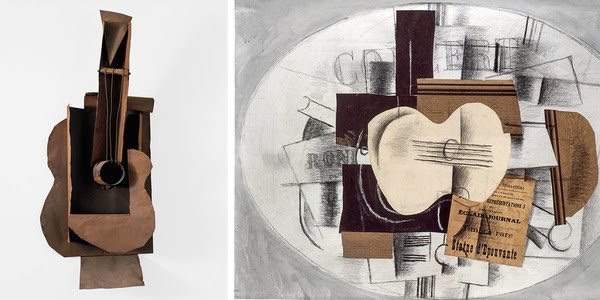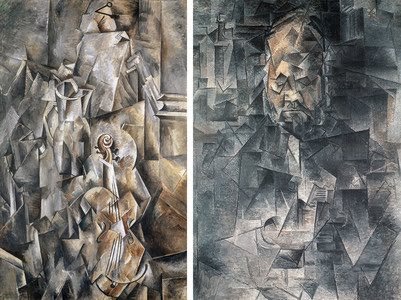Approximately in 1907-1908 years Braque and Picasso created what we call today cubism. This term went into rotation after the first personal exhibition of Georges Braque in Kahnweiler gallery. Looking at his landscapes in the simplified extent, without prospect – Matisse will say: "Little cubes"!


“The artist should not think that he can be truthful by imitating supposedly stable things, since they are actually continuously changing. Things in themselves do not exist at all. They exist only through us”, - this is how Braque was explaining the direction.
The cubist’s last extensive exhibition took place in Paris in far 1953. The current exposition in the Centre Pompidou is focused on key concepts of this leading art current of the 20th century. Along with Picasso and Braque's works here are also presented works by other influential artists, such as Picabia, Duchamp, Delaunay and many others.


Over 300 works are presented in chronological order: curators aimed to highlight the key concepts, tools and procedures which provided unity of cubism. Many world famous works of this direction are collected in one exhibition for the first time, allowing to plunge into public and historical aspects of cubism and also to study sensitivity of this movement to the modernity, to the present and to the future. Yes, particularly to the future as many believe that cubism most brightly reflects the energy of the modern art.

And still works of two artists go with the red line in exhibition: Picasso and Braque who step by step broke traditional prospect and geometrical forms, having cut out their "edges". Exchange between two geniuses who were practically working side by side was intensive. Their works are sometimes so close, so similar that it is difficult to distinguish them.


The Cubism exhibition at the Centre Pompidou will last till February 25, and then will move to Art Museum Stuttgart until the end of August.











